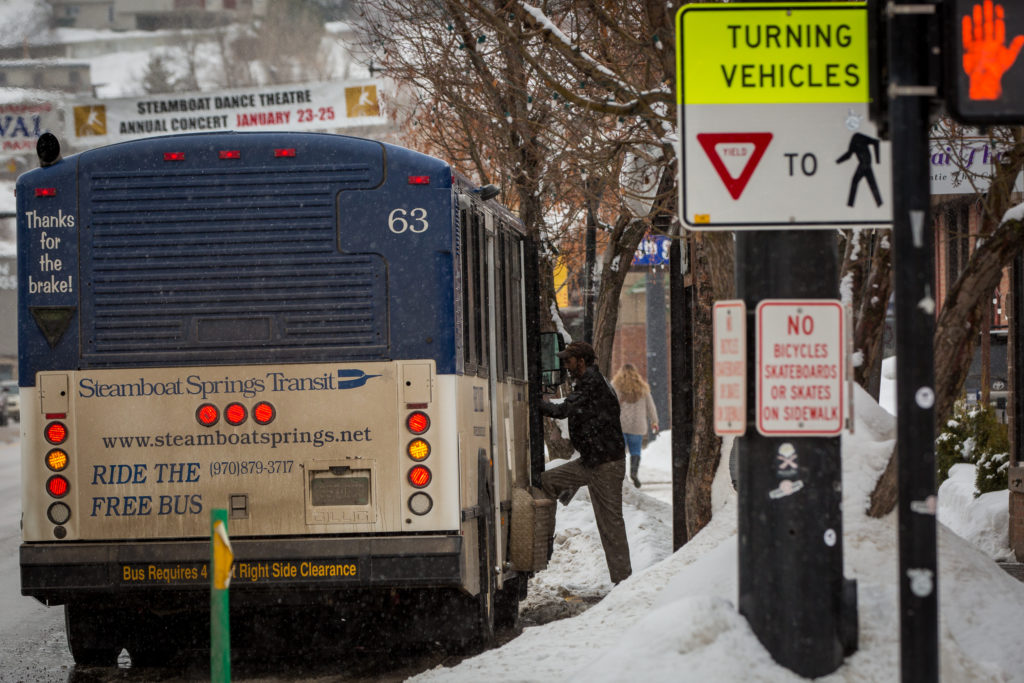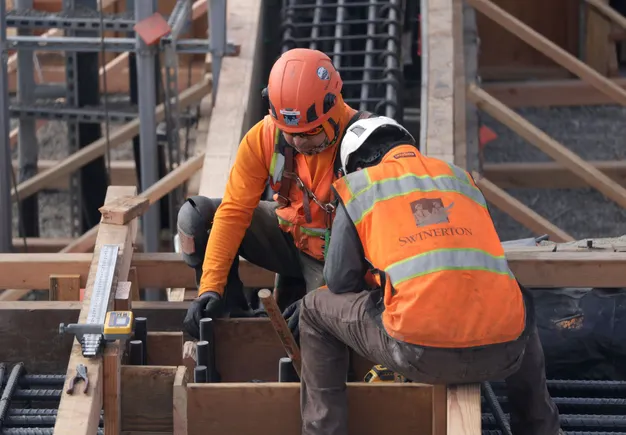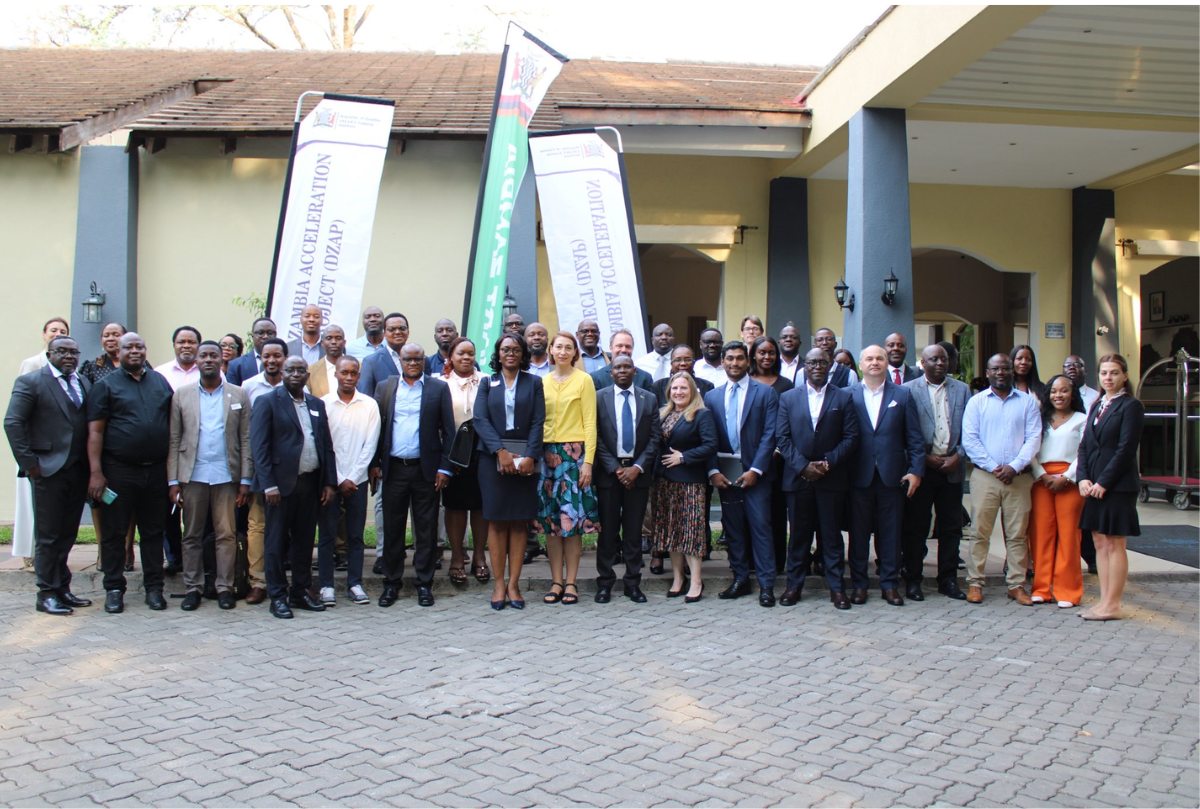Windstrument replaces turbines — Futuristic, silent and more powerful – ECOticias.com El Periódico Verde

Report on the Windstrument: A New Paradigm in Renewable Energy Generation
A recent innovation in wind power technology, the Windstrument, presents a significant advancement toward achieving global sustainability targets. This report details the features of this new energy generator and analyzes its potential impact on several United Nations Sustainable Development Goals (SDGs), particularly in the areas of clean energy, sustainable communities, and environmental protection.
Technological Innovation and Contribution to SDG 9
The Windstrument, developed by Unified Energies International, represents a departure from conventional wind turbine design. Its development is a clear example of progress under SDG 9: Industry, Innovation, and Infrastructure, which encourages the development of resilient and sustainable technologies.
Design and Operational Features
- Conical Helicoid Blade: Utilizes advanced sail technology for superior efficiency.
- Silent Operation: The design allows for the harnessing of high-speed winds without generating significant noise, making it suitable for populated areas.
- Scalability: The technology is designed to be scalable, from single-home units to larger installations known as “Windorchards.”
Alignment with SDG 7 and SDG 11: Energy for Sustainable Communities
The Windstrument’s core design directly supports the objectives of SDG 7: Affordable and Clean Energy and SDG 11: Sustainable Cities and Communities. Its capacity for decentralized energy generation empowers communities and individual households.
Key Benefits for Urban and Suburban Integration
- Decentralized Power: Enables energy independence from traditional power grids, providing a reliable backup source and reducing strain on centralized infrastructure.
- Compact and Versatile Installation: The system’s small footprint allows for placement on rooftops or poles, facilitating compliance with local zoning requirements and minimizing neighborhood disruption.
- Hybrid Energy Solutions: The Windstrument can be paired with solar panels, creating a robust hybrid system that optimizes energy generation across different weather conditions and seasons, further ensuring a consistent clean energy supply.
Environmental Impact and Support for SDG 15 and SDG 13
A critical aspect of the Windstrument is its minimal environmental footprint, which strongly aligns with SDG 13: Climate Action and SDG 15: Life on Land.
Wildlife Protection and Reduced Environmental Footprint
- Bird-Friendly Design: The technology was subjected to a two-year testing period in highly populated wetlands, during which no harm to birds or local wildlife was reported. This addresses a major criticism of traditional wind turbines and supports the goal of protecting biodiversity.
- Reduced Noise Pollution: Its silent operation mitigates noise pollution, enhancing the quality of life in residential areas and reducing the impact on local ecosystems.
Future Outlook: Scaling Production for Global Impact
The potential of the Windstrument to contribute to a sustainable future is significant. To realize this potential, scaling up manufacturing is essential to meet anticipated global demand. By making clean energy generation accessible, quiet, and environmentally benign, the Windstrument is poised to become a key technology in the global transition to sustainable energy systems. Its adoption will advance responsible consumption patterns as outlined in SDG 12: Responsible Consumption and Production, by empowering consumers to become producers of clean energy.
Analysis of Sustainable Development Goals (SDGs) in the Article
1. Which SDGs are addressed or connected to the issues highlighted in the article?
-
SDG 7: Affordable and Clean Energy
- The article’s central theme is the “Windstrument,” a new technology for generating “cleaner energy.” It discusses making this energy accessible for individual homeowners and neighborhoods, highlighting benefits like reduced electricity bills and energy independence, which directly relate to providing affordable and clean energy.
-
SDG 9: Industry, Innovation, and Infrastructure
- The Windstrument is presented as a significant “newer invention” and an innovation in renewable energy technology. The article details its unique design (“conical helicoid blade that utilizes sail technology”) and its role as a new form of scalable energy infrastructure suitable for both individual homes and larger installations (“Windorchards”).
-
SDG 11: Sustainable Cities and Communities
- The technology is explicitly described as “suitable for suburban and urban spaces” and a “newer wind energy design meant for neighborhoods.” By being quiet, compact, and having a reduced environmental impact, it aims to make cities and communities more sustainable by enabling decentralized “cleaner energy generation for the masses in cities.”
-
SDG 13: Climate Action
- By promoting a more efficient and accessible form of wind power, a renewable energy source, the article implicitly addresses climate action. The adoption of such “cleaner energy” technologies is a fundamental strategy for mitigating climate change by reducing reliance on fossil fuels.
-
SDG 15: Life on Land
- The article specifically points out a key advantage of the Windstrument over traditional turbines: its “design is bird-friendly.” It mentions that testing in “highly bird populated wetlands” showed “no harm to birds,” directly addressing the goal of protecting local wildlife and biodiversity from the negative impacts of infrastructure.
2. What specific targets under those SDGs can be identified based on the article’s content?
-
Under SDG 7 (Affordable and Clean Energy):
- Target 7.1: Ensure universal access to affordable, reliable and modern energy services. The article supports this by describing how the Windstrument can “reduce your electricity bills” (affordability) and provide “much needed backup power” (reliability).
- Target 7.2: Increase substantially the share of renewable energy in the global energy mix. The article promotes a new renewable energy generator designed for mass adoption in homes and cities, which would directly increase the share of renewable energy.
-
Under SDG 9 (Industry, Innovation, and Infrastructure):
- Target 9.4: Upgrade infrastructure and retrofit industries to make them sustainable, with… greater adoption of clean and environmentally sound technologies. The Windstrument is presented as a “clean and environmentally sound technology” that upgrades wind energy infrastructure.
-
Under SDG 11 (Sustainable Cities and Communities):
- Target 11.6: Reduce the adverse per capita environmental impact of cities. The article highlights that the Windstrument helps “reduce noise and environmental impact” in urban and suburban settings.
-
Under SDG 15 (Life on Land):
- Target 15.5: Take urgent and significant action to reduce the degradation of natural habitats, halt the loss of biodiversity. The “bird-friendly” design that ensures “no harm to birds was reported” directly contributes to this target by mitigating the impact of energy infrastructure on local wildlife.
3. Are there any indicators mentioned or implied in the article that can be used to measure progress towards the identified targets?
-
For Target 7.1 (Affordable and Reliable Energy):
- An implied indicator is the reduction in household electricity bills for homeowners who install the system. The article states, “These smaller turbines will effectively reduce your electricity bills.”
-
For Target 7.2 (Increase Renewable Energy Share):
- An implied indicator is the number of Windstrument units installed in households, neighborhoods, and “Windorchards.” The article discusses the need for manufacturers to increase production to meet rising demand, implying that the number of installations is a key metric.
-
For Target 11.6 (Reduce Environmental Impact of Cities):
- A specific indicator is the level of noise pollution. The article repeatedly emphasizes that the Windstrument is “quiet” and “works silently,” which can be measured to show progress in reducing urban noise.
-
For Target 15.5 (Protect Biodiversity):
- A directly mentioned indicator is the rate of bird mortality from wind turbines. The article provides a clear metric from its testing period: “no harm to birds was reported,” which can be used as a benchmark for measuring the technology’s impact on wildlife.
4. Summary Table of SDGs, Targets, and Indicators
| SDGs | Targets | Indicators |
|---|---|---|
| SDG 7: Affordable and Clean Energy | 7.1: Ensure access to affordable, reliable, modern energy. 7.2: Increase the share of renewable energy. |
– Reduction in household electricity bills. – Number of decentralized energy systems (Windstruments) installed. |
| SDG 9: Industry, Innovation, and Infrastructure | 9.4: Upgrade infrastructure with clean and environmentally sound technologies. | – Rate of adoption of new wind energy technology (Windstrument). |
| SDG 11: Sustainable Cities and Communities | 11.6: Reduce the adverse per capita environmental impact of cities. | – Measured reduction in noise levels in urban/suburban areas. – Number of cities adopting the technology for cleaner energy generation. |
| SDG 13: Climate Action | 13.2: Integrate climate change measures into policies and planning. | – Amount of energy generated from this renewable source, contributing to emission reduction goals. |
| SDG 15: Life on Land | 15.5: Reduce degradation of natural habitats and halt biodiversity loss. | – Number of bird fatalities caused by the infrastructure (explicitly mentioned as zero in a two-year test). |
Source: ecoticias.com

What is Your Reaction?
 Like
0
Like
0
 Dislike
0
Dislike
0
 Love
0
Love
0
 Funny
0
Funny
0
 Angry
0
Angry
0
 Sad
0
Sad
0
 Wow
0
Wow
0















































































